# 🎃🎃 The extraordinary life of pumpkin🎃🎃
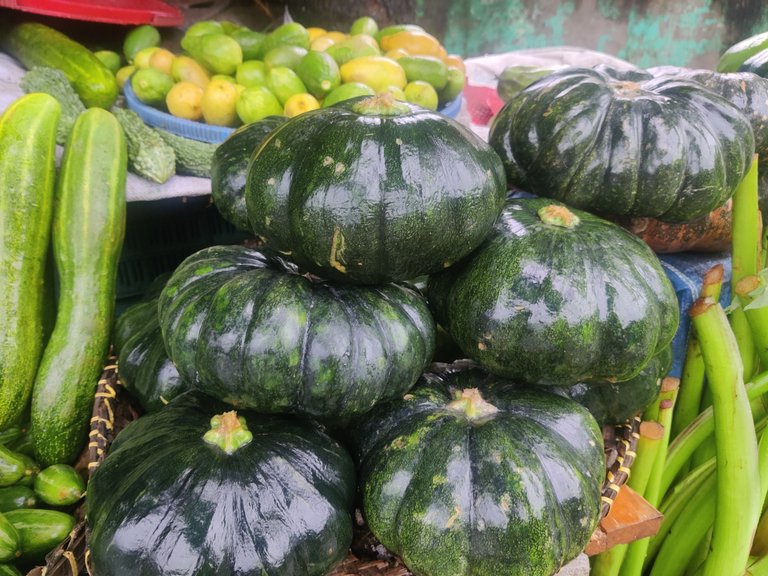
🎃🎃 The extraordinary life of pumpkin🎃🎃
Pumpkin plays a huge role in eating vegetables. It is not only amazing in taste but also in nutritional value. There are different types of pumpkin and different ways to use it in different countries of South Asia. When I went to the market yesterday and took pictures of pumpkin, I felt the need to write something about this vegetable. Today we will discuss the nutritional value, uses, and important characteristics of pumpkin.
Introduction to Pumpkin
Pumpkin (Cucurbita) is a perennial plant, which is mainly an important vegetable in terms of industrial economy. It is usually grown in summer and comes in different types. Popular pumpkins in our country include - Patal pumpkin, Bichi pumpkin, and Halka pumpkin. When you go to the market, you can see these types and each type has some special features for eating.
Nutritional value
Pumpkin is rich in nutritional value. It contains a lot of vitamins A, C, E, and different types of B vitamins. Apart from this, it also contains minerals such as potassium, magnesium, and zinc. Pumpkin contains a high amount of fiber which helps in increasing digestion. Pumpkin is a great food especially for those who are trying to lose weight.
Uses of Pumpkin
Cooking Process
Pumpkin is very popular among housewives for cooking. It is used for various dishes, such as:
- Fried Pumpkin: Pumpkin skin is fried with oil, turmeric, and salt, which is very popular.
- Pumpkin Juice: Pumpkin juice is very good for drinking. It helps in increasing the body's immunity.
- Cool Pumpkin: Pumpkin helps in keeping cool in summer and gives extra energy to the body.
Among the beneficial dishes
The use of pumpkin is not limited to cooking. Its wood and seeds are also used. The seeds produce excellent oil which is used in the field of beauty.
Market Impact
My experience of going to the market yesterday was very impressive. When I went to buy pumpkins, the market became fun due to the variety of varieties available in the store. Seeing pumpkins of different colors and shapes, it seemed that nature is really innovative. I was especially fascinated by the large pumpkins presented in the market.
Production and Cultivation
Pumpkin cultivation is done almost everywhere in the world, but in our country it is an important product for farmers. It is very easy to produce and is a worthwhile venture for the livelihood of our farmers. Farmers should be made aware of some new technologies in pumpkin cultivation so that they can produce better quality pumpkins.
Cultural Relevance
Pumpkin has occupied a special place in our cultural life. Pumpkin is usually cooked as a sweet in the harvest of the month of Falgun and is one of the special dishes. Apart from this, various traditional festivals and events are celebrated with pumpkin.
Healthcare
Pumpkin is also very effective in healthcare. It is helpful in preventing cancer, and its properties are very good for diabetic patients. Regular consumption of pumpkin helps in controlling the cholesterol in the body.
Problems and Solutions
Although pumpkin has many benefits, some farmers face problems in pumpkin production. Diseases and insect attacks are a major challenge in pumpkin cultivation. However, with the improvement of technology, farmers are now able to increase pumpkin production using various techniques.
The importance of pumpkin in our lives and diet is indescribable. It not only provides nutrition, but is also an integral part of our cultural life. Market experiences, pumpkin pictures, and all its qualities show that pumpkin has occupied an important place in our diet. So let's include pumpkin in our daily diet and enjoy its benefits.
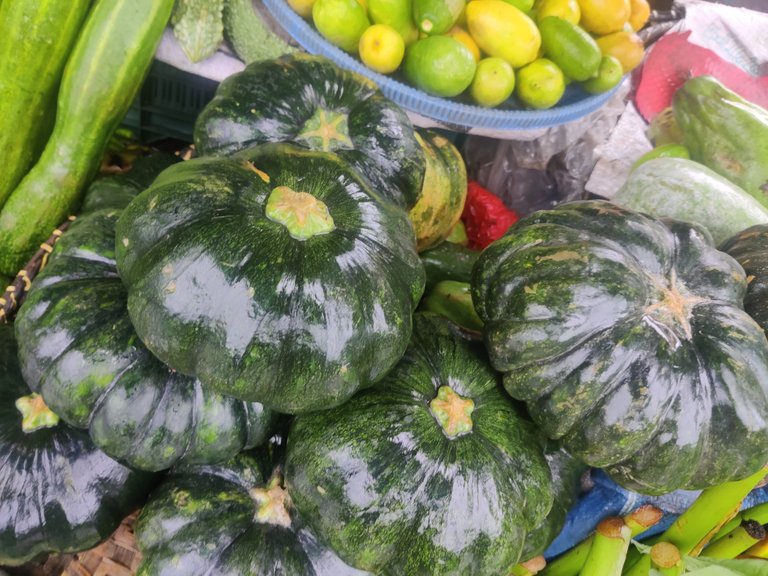
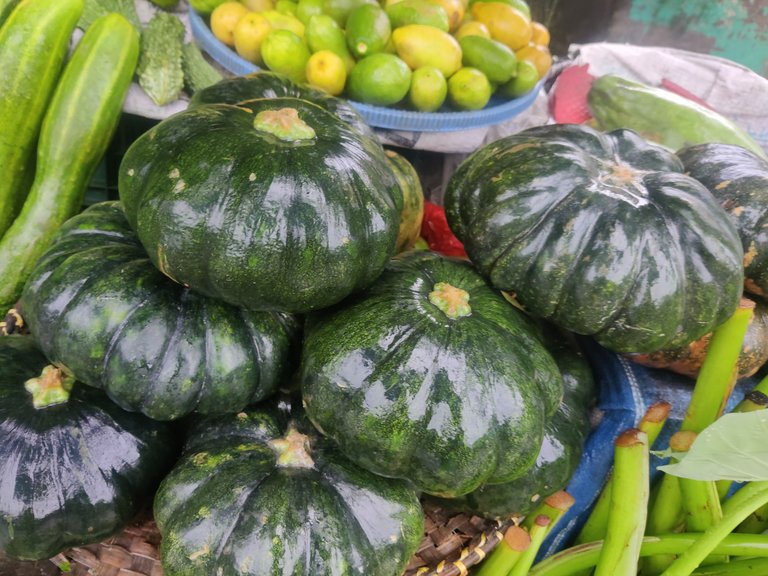
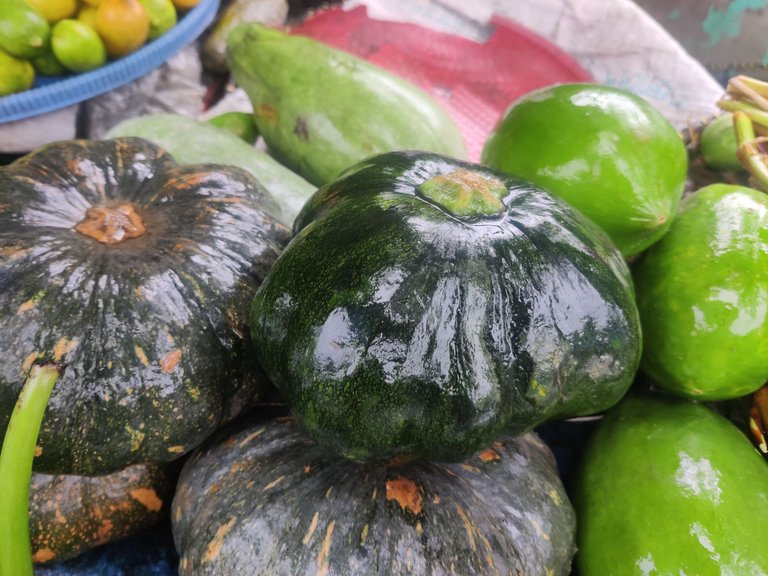
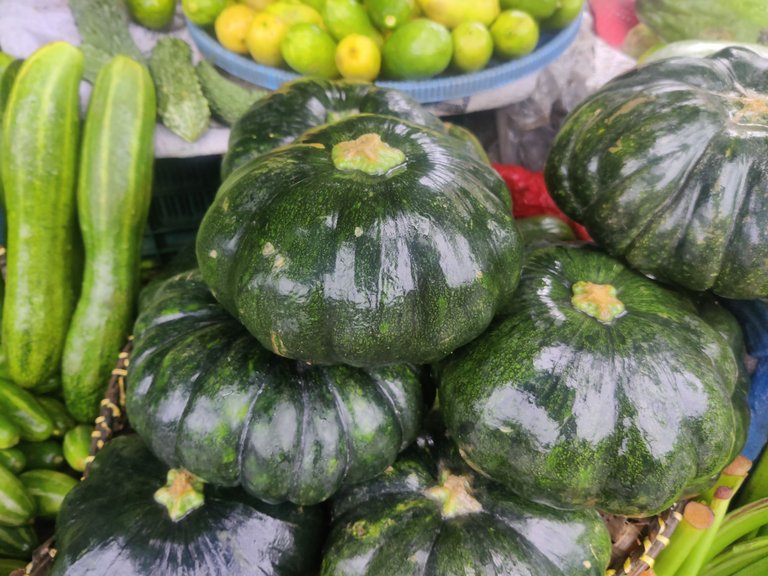
Types and Properties of Pumpkin
Pumpkin comes in many varieties with different properties. It can be used in different cooking methods and each type of pumpkin has a different taste, texture and nutritional value. Let's learn about some of the main types of pumpkin and their properties.
- Patal Pumpkin
Patal pumpkin is usually small in size and its flesh is green or yellow in color. It is usually used in curries, bhajis, and dals. Despite the sweetness and softness of Patal pumpkin, it is packed with nutrients. It is rich in vitamins A and C, which help in improving our eye health and immunity.
- Bichi Pumpkin
Bichi pumpkin is a large vegetable, which is usually used in soups, desserts, and various types of cooking. It provides extra flavor to many curry preparations. The specialty of Bichi pumpkin is its sweet taste and it is very beneficial for constipation and indigestion.
- Light Pumpkin
Light pumpkin is mainly used for soups and breads. Its texture and taste are a little different from other pumpkins. It is easily mixed with nutrients in cooking and is usually used in many healthy dishes.
Origin of Pumpkin
About the origin of pumpkin, many nutritionists and researchers believe that it originated in South America. The current pumpkin has come into being in various forms and is now known by different names and varieties in many countries. Farmers have been cultivating it for thousands of years and it has become an essential part of the diet.
Challenges of Pumpkin Cultivation
There are some problems in pumpkin cultivation. Due to the warm weather and climate change, the production process of pumpkin has now become quite complicated. Natural disasters and insect attacks are the main challenges for farmers. However, improvements in agricultural technology are helping to solve these problems. Now farmers are using advanced technology and improved farming techniques to produce different varieties of pumpkin.
- Insect and Disease Attack
Pumpkin can be attacked by many types of insects, especially bees and flower spiders. As a result, farmers need to apply pesticides with proper packaging and at the right time. In addition, some diseases such as fungal infections can also harm pumpkin production.
- Climate Change
Of course, pumpkin production is also being affected by climate change for various reasons. When summer temperatures increase, pumpkin growth improves and sometimes it gives higher yields. However, if there is excessive rainfall at some point, there is a possibility of pumpkin seeds being damaged.
Pumpkin and Food Security
Food security is currently considered an important issue in the global perspective. Pumpkin is a cheap and nutritious food, which is easily available to everyone. Therefore, producing improved varieties of pumpkin will increase food security.
- Improving farmers' income
Improving farmers' income is possible through pumpkin production. By using special technology for pumpkin cultivation, farmers can harvest multiple crops a year. This helps increase their income and has a positive impact on the local economy.
- Availability of healthy food
Pumpkin is a good source of nutrition, which ensures the availability of healthy food for the public. It increases immunity and brings diversity to the diet.
Popularity of pumpkin worldwide
Pumpkin is growing in popularity around the world. Pumpkin is being used in different ways in different countries. For example:
- Pumpkin pie in the United States
Pumpkin pie is known as a traditional dessert at Thanksgiving dinner in November in the United States. It is made on special occasions throughout the year.
View or trade
LOHtokens.@thhridoy, You have received 1.0000 LOH for posting to Ladies of Hive.
We believe that you should be rewarded for the time and effort spent in creating articles. The goal is to encourage token holders to accumulate and hodl LOH tokens over a long period of time.